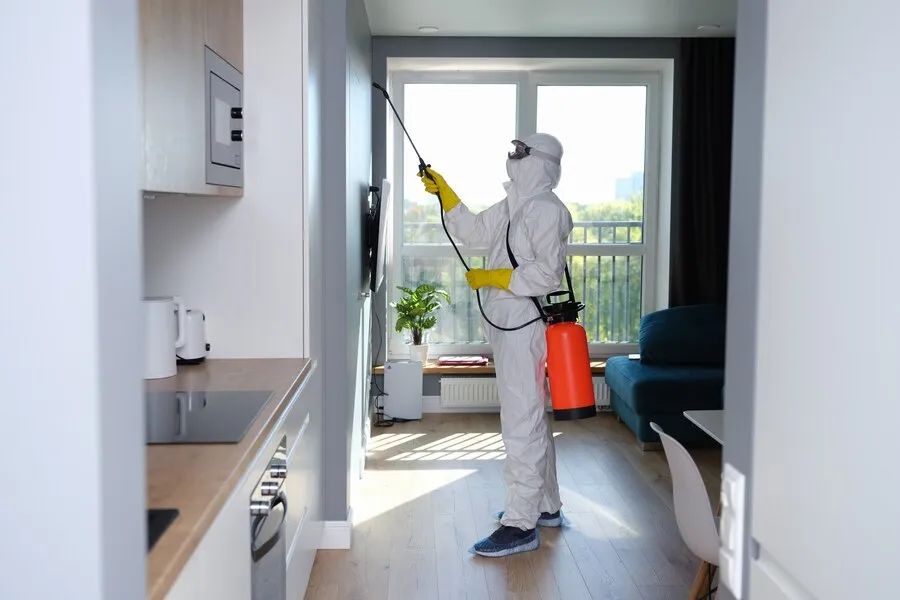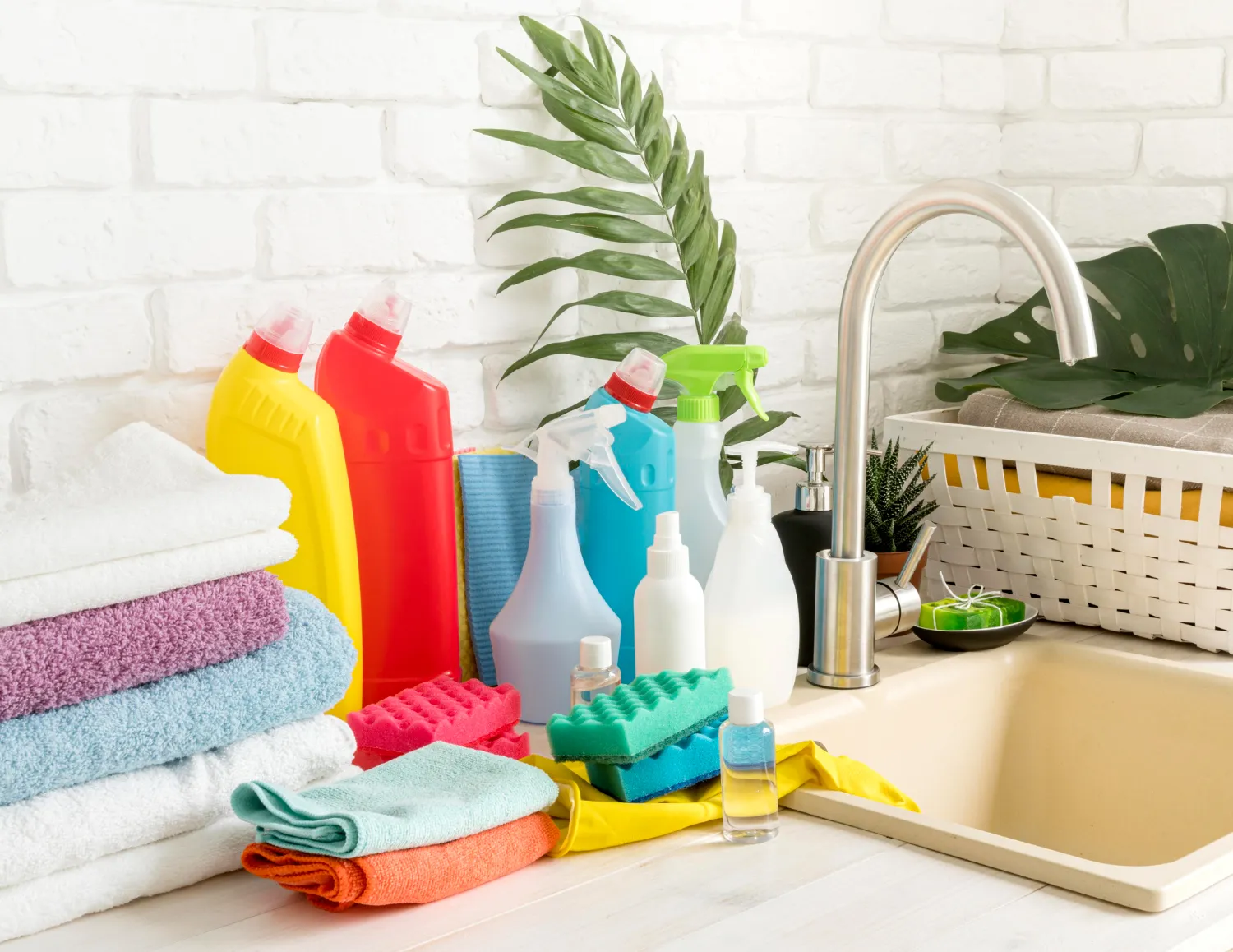Table of Contents
Key Takeaways:
- Pest control treatment includes inspection, identification, treatment, and follow-up.
- Preparation before the pest control visit is crucial for effectiveness and safety.
- Different pests require different treatment methods and techniques.
- Proper communication with pest control professionals enhances treatment success.
Introduction
Dealing with pests can be frustrating, but professional pest control treatment offers an effective solution. Knowing what to expect during a pest control treatment can alleviate concerns and ensure you are well-prepared. This guide will walk you through each process step, from the initial inspection to the post-treatment follow-up, so you can confidently welcome the professionals into your home and achieve a pest-free living environment.
Initial Inspection
The initial pest control inspection is the first step in any pest control treatment. During this phase, a pest control technician will thoroughly examine your property to identify signs of pest activity. They will look for entry points, nesting sites, and sources of food and water that might attract pests. This inspection typically covers your home’s interior and exterior, including attics, basements, and crawl spaces. By understanding the environment and behavior of the pests, the technician can develop a targeted treatment plan. This comprehensive inspection helps in accurately assessing the extent of the infestation and the potential risks they pose, ensuring that the treatment is both practical and tailored to your specific situation.
Identification of Pests
After completing the initial inspection, the next step involves the identification of pests. Determining the type of pests present is crucial, as different pests require different treatment methods. Whether ants, rodents, termites, or bedbugs, each pest has unique behaviors and vulnerabilities. Accurate identification ensures that the treatment plan is tailored specifically to the pests in your home. The pest control technician will use their expertise to identify the pests and document their findings during the pest inspection. Understanding the specific types of pests allows the technician to choose the most effective and safe treatment options. Additionally, knowing the types of pests helps predict potential problems and implement measures accordingly.
Treatment Plan and Preparation
Once the pests have been identified, the technician will outline a detailed treatment plan. This plan will include the methods and products used, the areas to be treated, and any required follow-up visits. The technician will also provide instructions on preparing your home for the treatment. Preparation might involve:
- Clearing areas that need to be treated.
- Removing pets.
- Covering or storing food and kitchen utensils.
- Temporarily vacating certain home areas.
Proper preparation is essential to ensure the safety and efficiency of the treatment. Following the technician’s instructions carefully can significantly enhance the effectiveness of the pest control measures. It’s also a good idea to ask any questions you might have to understand the process and fully understand what to expect.
Also Read: The Power of Limited Edition Footwear: How Buyers Create Hype
Implementation of Treatment
During the implementation phase, the pest control technician will apply the necessary treatments to eliminate the pests. The type of treatment used will depend on the pests identified and may include spraying insecticides, setting traps, fumigation, or using bait stations. The technician will ensure the treatment is applied safely and effectively, minimizing exposure to humans and pets. Integrated pest management techniques might be employed, first focusing on using the least toxic methods and escalating as needed. This phase of pest control can vary in duration based on the severity of the infestation and the types of treatments being used. After the application, the technician might provide instructions on maintaining treated areas to prevent re-infestation.
Post-Treatment Follow-Up
After the initial treatment, follow-up visits are often necessary to ensure complete pest eradication. The pest control technician will schedule these follow-up appointments to monitor the situation and make any necessary adjustments to the treatment plan. During these visits, the technician will check for any signs of remaining pest activity and reinforce the treatment if needed. Proper follow-up is crucial as it ensures the long-term success of the pest control efforts and helps prevent future infestations. Regular follow-up visits also provide an opportunity to assess the effectiveness of the treatment and make improvements as needed. Follow-up visits help address any issues promptly before they escalate into significant problems.
Final Thoughts
Understanding what to expect during a pest control treatment can make the process smoother and more effective. Each step is designed to ensure comprehensive pest management, from the initial inspection to the post-treatment follow-up. By following the guidance of pest control professionals and preparing your home accordingly, you can achieve a pest-free environment and enjoy peace of mind. Remember, effective pest control is not just about eliminating pests but also preventing them from returning. Regular maintenance, proper sanitation, and periodic pest inspections are crucial in keeping your home pest-free. Proactive measures, routine home inspections, and adequate upkeep will safeguard your home against future pest infestations.




